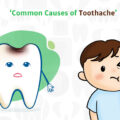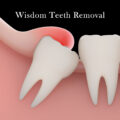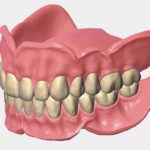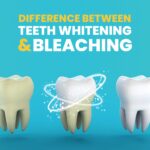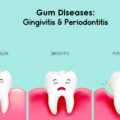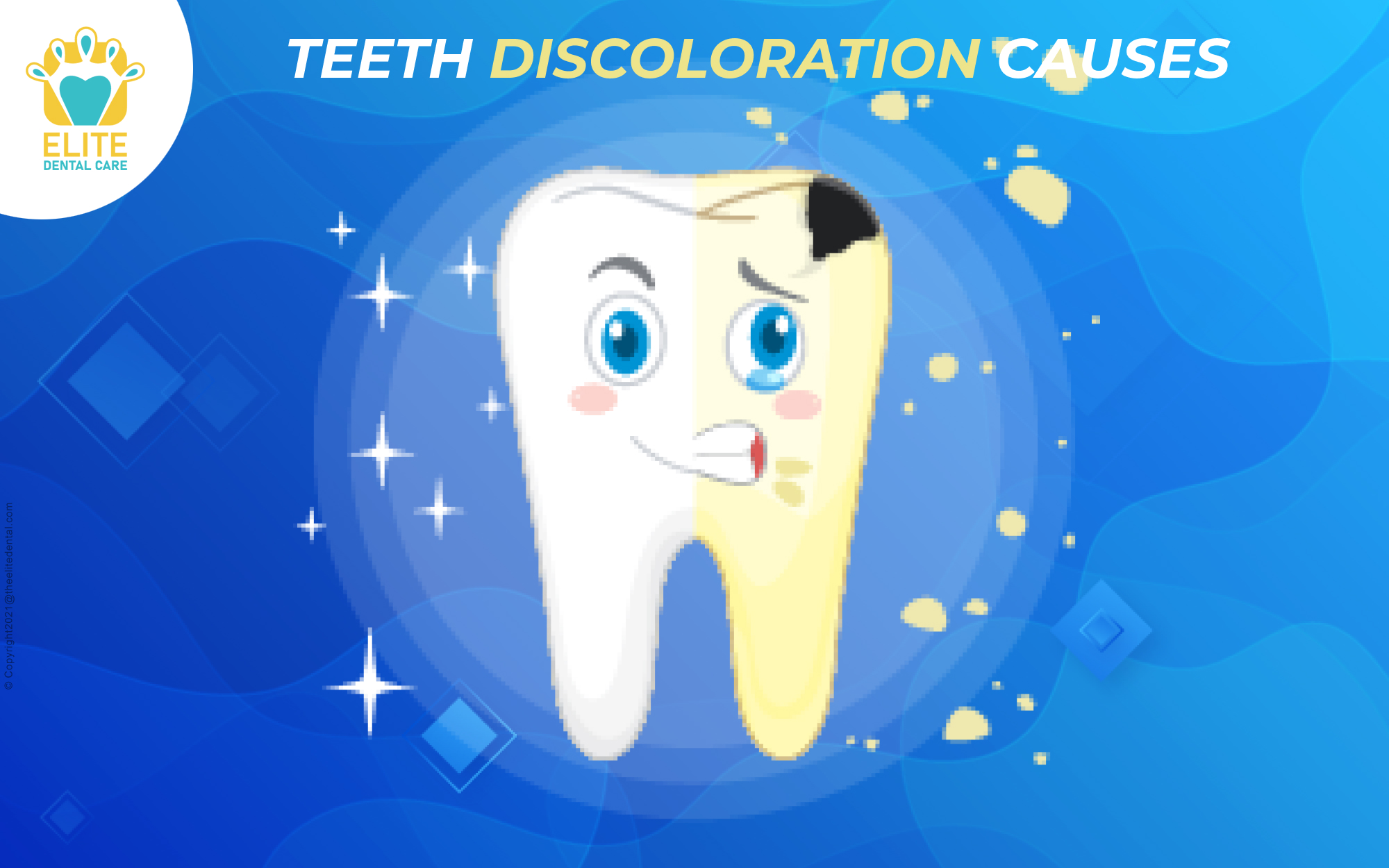
dental carehygiene tipsoral healthRoot Canal TreatmentTeeth Whitening
edental
19 May 2022
What are the Causes of Teeth Discoloration?
The staining of your teeth may look like it occurred overnight, but chances are you have been introducing something to your teeth slowly over time that has darkened them. Almost all tooth discoloration can be attributed to repeated exposure to staining ingredients or health issues. Dental trauma is the exception to this rule. Does the question then become how to deal with discolored teeth? Contact your nearby dentist.
What is tooth discoloration?
Tooth discoloration happens when your tooth starts changing color from white to yellow. In this case, your tooth brightness fades slowly, and the tooth becomes yellowish or brownish. You may notice that your teeth darken, turn from white to a different color, and develop white or black spots.
What is the reason for tooth discoloration?
There are numerous reasons behind tooth discoloration. Here are three primary reasons which have affected almost everyone.
1.Extrinsic: The stains are visible only on the tooth enamel or surface in extrinsic discoloration. The most common extrinsic stains are:
- Food
- Beverages
- Tobacco
2.Intrinsic: Since this stain is on the tooth’s interior, it is more resistant to over-the-counter whitening products. It appears to be greyish. The following are examples of intrinsic stains:
- Some pharmaceuticals
- Tooth decay due to stress or injury
- Genetics with too much fluoride
3.Age-related: The enamel on your teeth begins to wear away as you age, giving them a yellowish tinge. Both extrinsic and intrinsic factors might contribute to age-related discoloration.
What can cause tooth discoloration?
There are several causes of tooth discoloration. “What we eat and drink, our age, and dental injuries, are the major causes of discoloration.”
- Foods and beverages: Teeth stains can be caused by coffee, tea, colas, wines, and fruits and vegetables (such as apples and potatoes).
- Poor dental hygiene is one of the main points that can cause tooth discoloration as you are not brushing your tooth, flossing correctly, and rinsing to remove the plaque which appears on your teeth.
- Disease: Tooth discoloration can be caused by various disorders that affect enamel (the hard surface of the teeth) and dentin (the underlying layer beneath enamel). Teeth color can also be affected by treatments for specific disorders. Radiation to the head and neck, as well as chemotherapy, can discolor teeth. Furthermore, some diseases in pregnant women might disrupt enamel growth, resulting in tooth discoloration in their children.
- Ageing: The outer coating of enamel on your teeth falls away as you get older, exposing the natural color of dentin.
- Dental materials: Amalgam restorations, especially silver sulfide, can give teeth a grey-black look.
- Genetics: Some people have enamel that is inherently brighter or thicker than others.
- Environment: Excess fluoride can discolor teeth, whether from natural sources (high fluoride levels in water) or excessive use (fluoride treatments, rinses, toothpaste, and fluoride supplements taken orally).
Does teeth discoloration change in more than one color?
The following examples of how the color of your teeth changes may aid in determining the cause:
- Yellow: The white enamel surface of your teeth may wear down as you become older. Your teeth’s yellow core becomes more evident.
- White: Too much fluoride in young teeth can generate white patches. This is known as fluorosis, and it occurs when teeth are exposed to too much fluoride, either from drinking water or through excessive use of fluoride rinses or toothpaste.
- Brown: Tobacco, dark liquids such as tea or coffee, and tooth disease can cause teeth to turn brown.
- Black: Tooth decay or pulp necrosis can cause your teeth to turn grey or black. Teeth might also go black after chewing betel nuts. A black line on your teeth can be caused by exposure to minerals like iron, manganese, or silver in industrial environments or supplements.
How can I prevent tooth discoloration?
Maintaining your teeth can prevent you from having teeth discoloration. You can brighten them up and keep the shine on them in various ways.
Things that leave a stain on your hands or clothes might also leave a color on your choppers. Brushing or rinsing your mouth after eating them is a bright idea. Things that stain your teeth:
- Beet
- Coffee or Tea
- Red and White Wine
- Cranberry juice
- Blueberries
- Soy sauce
- Tomato sauce
- Soda
What is teeth discoloration treatment?
Depending on the reason for the discoloration, treatment options for teeth whitening may include:
- Brushing and flossing your teeth
- Avoiding stain-causing foods and drinks
- Using whitening products that are available over-the-counter. They may cause sensitivity in your teeth, although this is generally temporary. Consult your dentist if your gums get inflamed.
- In-office procedure: It may take one or more visits to your dentist’s office to bleach your teeth. You will protect your gums with a gel or rubber cover and whiten your teeth. They can also manufacture custom-fitted trays for at-home use.
- Bonding can be done at home using whitening chemicals acquired from your dentist. To modify the color or form of discolored regions of your teeth, a dentist can use fuse material for them.
- Bonding.
- Veneers.
